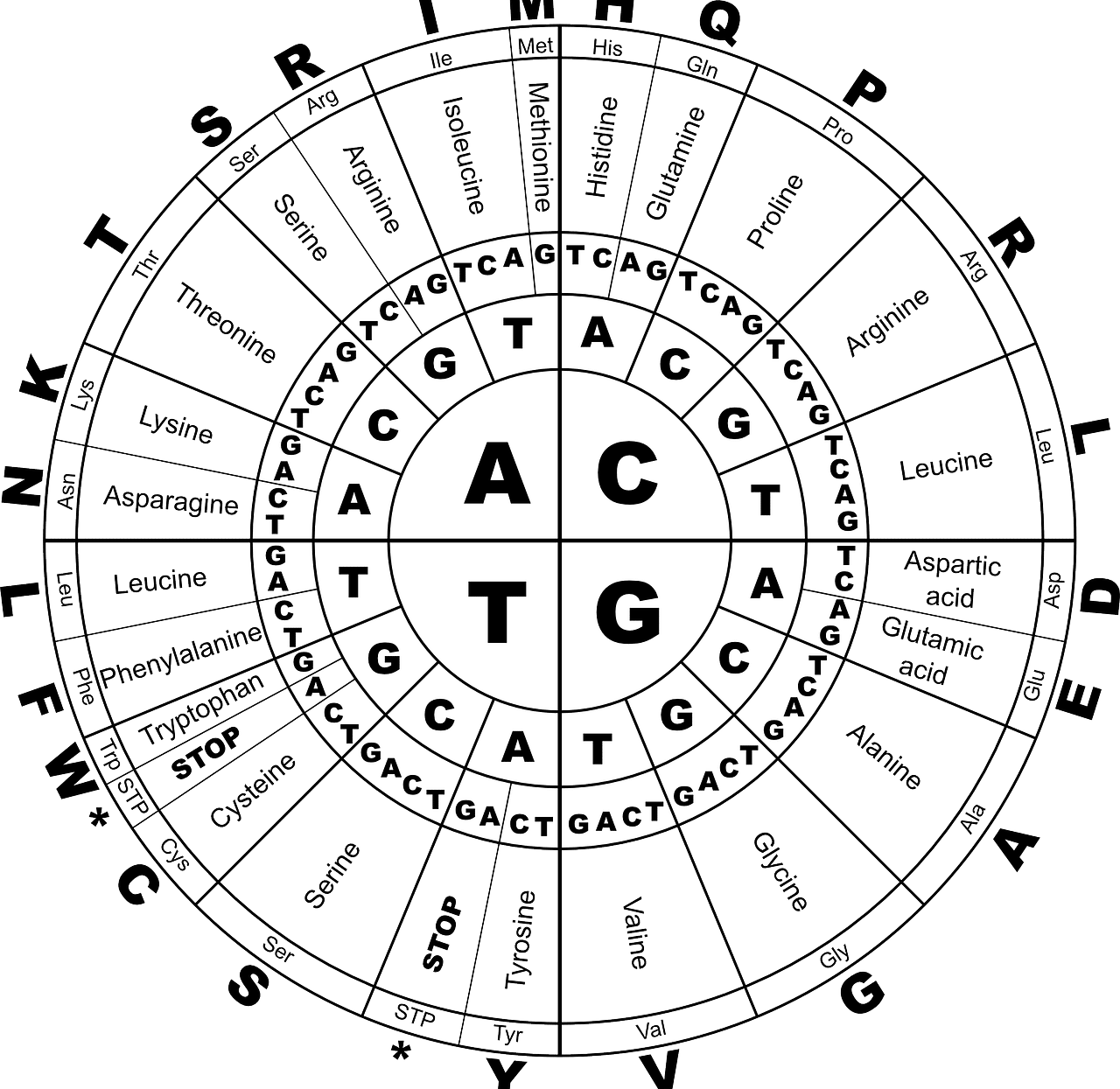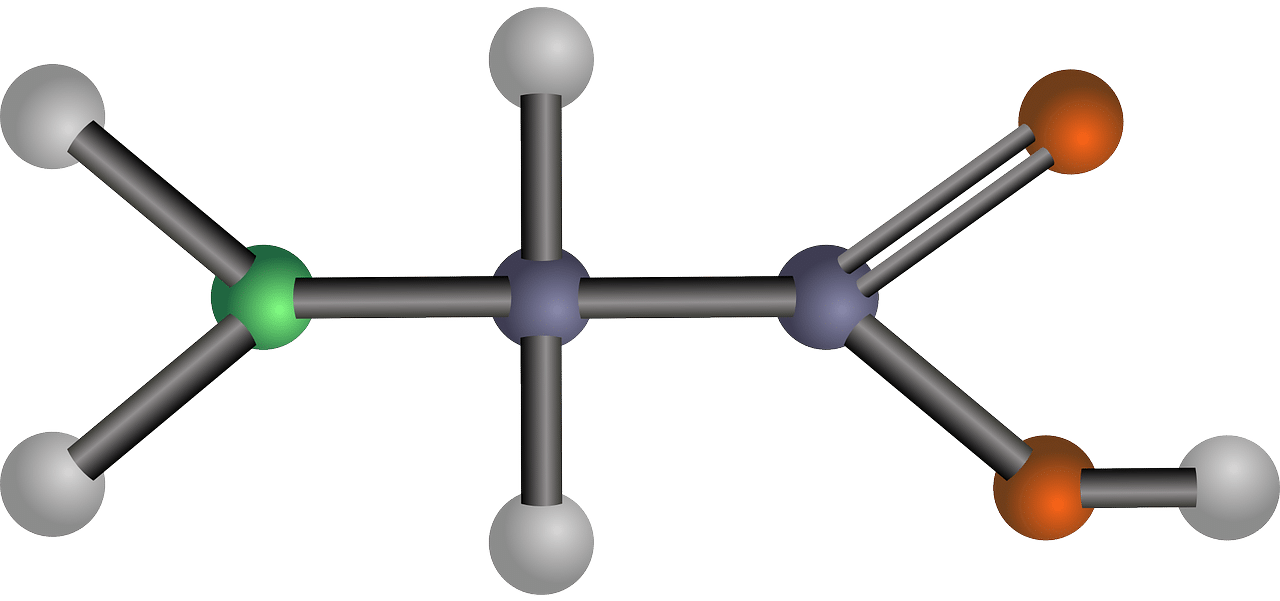
Amino acids are made up of a carboxyl group and an amino group.
Amino acids are substances whose molecules are made up of a carboxyl group and an amino group . About twenty amino acids are the essential elements of proteins.
When two amino acids establish a combination inside a cell , a reaction occurs between the carboxyl group and the amino group of the other. This releases a molecule of H2O and forms a peptide bond : what remains of both amino acids gives rise to a dipeptide . The union of a third amino acid generates a tripeptide . As amino acids are added, different peptides are created (that is, different molecules created by joining amino acids through peptide bonds).
The long chain of amino acids related in this way is called a polypeptide . If the polypeptide has a stable three-dimensional structure already defined and its molecular mass is more than 5,000 amu , the polypeptide is known as a protein .
Amino acid composition
It is worth mentioning that the carboxyl group joins the amino group through the same carbon (the alpha carbon ). To this carbon is attached a chain whose structure varies (the side chain ) and a hydrogen, generating the different amino acids. The variety of side chains means that there are multiple types of amino acids.
An amino acid, in short, is composed of the alpha carbon to which a carboxyl group, an amino group, a side chain and a hydrogen are attached. The amino acids obtained through diet are essential amino acids , such as lysine , leucine and arginine . The amino acids that the body can synthesize on its own, however, are non-essential amino acids : tyrosine , glycine , glutamic acid and others.

Among the non-essential amino acids is glycine.
Its importance
Based on all of the above, we can understand to a certain extent the value of amino acids. These are the main reasons why they are so vital:
- They are responsible for optimizing in the best possible way the storage of fundamental elements for the body such as vitamins, proteins, water, fats...
- They proceed to transport nutrients.
- They are also fundamental elements against aging, osteoporosis , cholesterol and diabetes, for example.
Examples of amino acids
Among the most relevant amino acids due to their functions are the following:
- Leucine . Increases growth hormone production, reduces blood sugar levels and improves healing.
- Alanine , which strengthens the immune system.
- Cysteine , which facilitates recovery after undergoing surgery or having suffered a burn. In the same way, it delays aging .
- Taurine , which regulates mood. In the same way, it proceeds to reduce body fat, improve melanin production and even fight against certain adverse situations. These range from a considerable drop in libido to severe headaches or depression.
- Glutamine . Of this amino acid we can highlight that it is not only the most present in the muscles but also serves to prevent muscle wear as well as to improve the digestive system.
